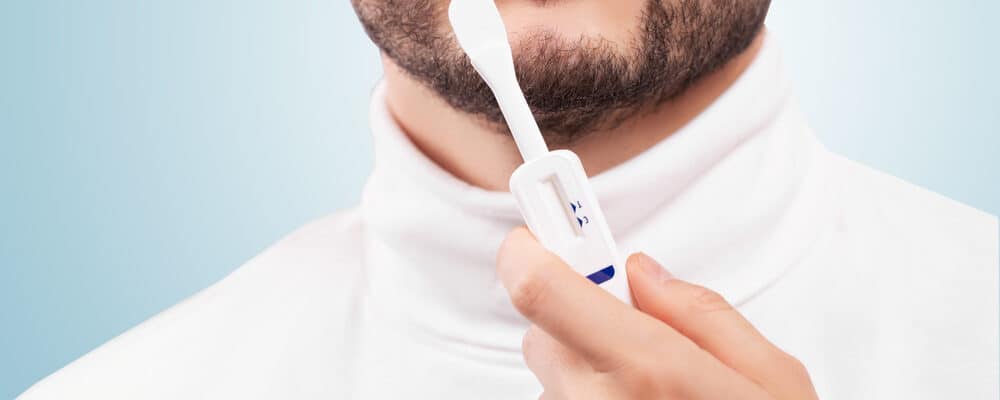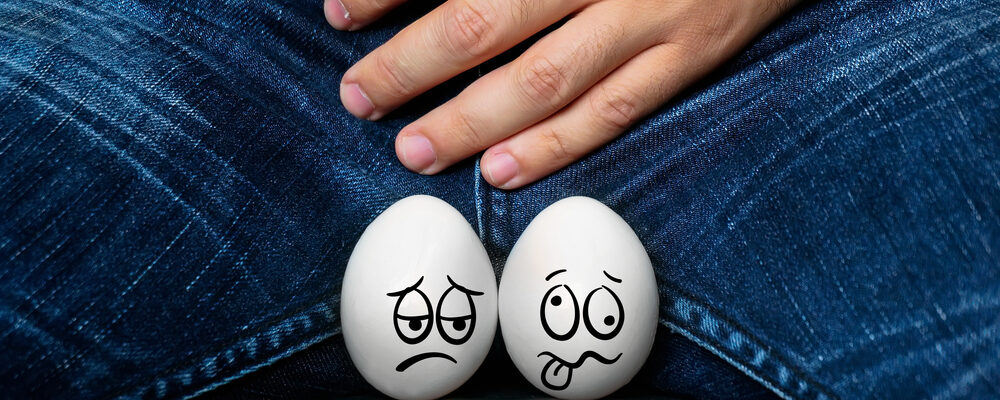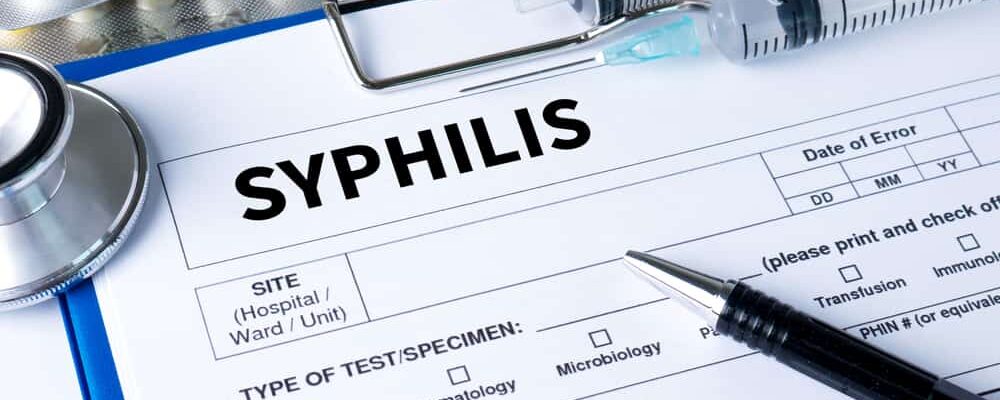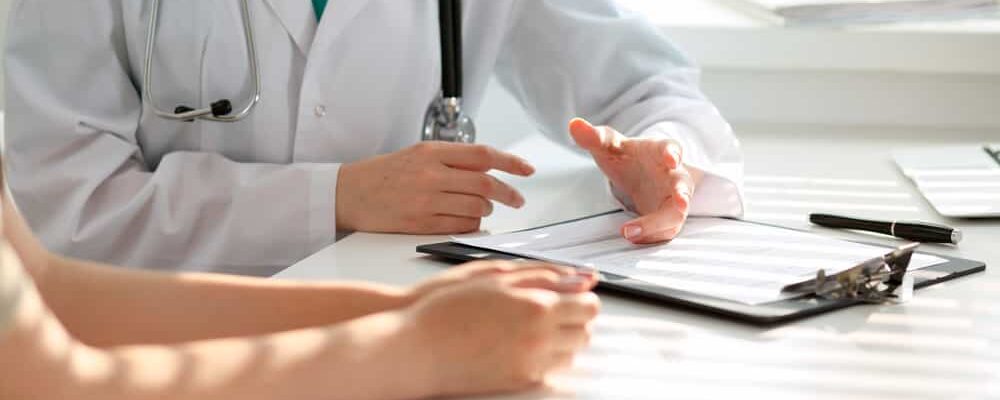In addition to a blood test, you can perform an HIV saliva test at home to see if you have the HIV virus. Regular HIV testing for high-risk individuals is an important step for patients to receive proper treatment and care to avoid infecting others.
Here’s what you need to know about oral HIV testing, including how accurate it is, how it’s done, how to read the results, and when to consult your doctor.
What is a saliva HIV test?
The HIV saliva test is a rapid test that detects HIV antibodies in the oral fluids of a person being tested. The advantage of this method is that it is convenient, can be done at home, is simple, economical and safe.
Who should be tested for HIV at home?
US Centers for Disease Control and Prevention (CDC) recommends that everyone between the ages of 13 and 64 get tested for HIV at least once in their life.
People with high risk factors should be tested more often. You should get tested at least once a year if:
- You are a man who has sex with men (Men Sex Men – MSM)
- You have had anal or vaginal sex with someone who has HIV
- You have had more than one sexual partner since your last HIV test
- Have you shared needles, syringes, or drug-injecting equipment with others?
- You have unprotected sex with more than one person (who is a sex worker)
- You have been diagnosed or treated for another sexually transmitted disease
- You have been diagnosed or treated for hepatitis or tuberculosis
- You have had sex with someone who has done any of the things listed above or with whom you do not know their sexual history.
How to test HIV with saliva?
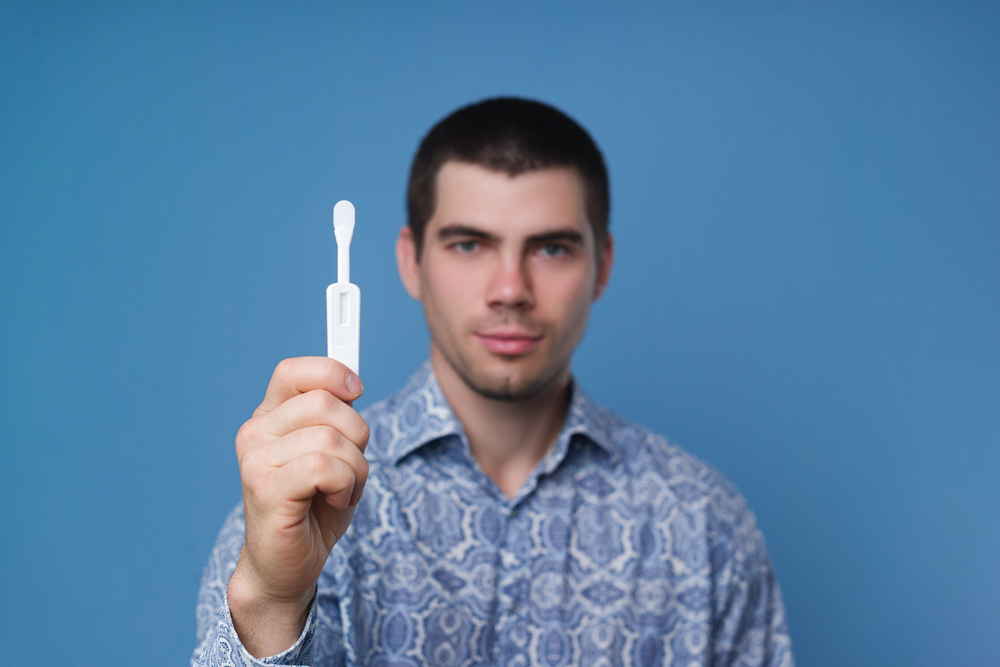
The HIV saliva rapid test is done with the OraQuick home HIV test kit. Each set includes one test strip, one tube of test solution, one holder and one instruction sheet.
How to test for HIV by oral fluid is conducted as follows:
– Tear the product packaging. Remove and open the cap of the test tube. Place the test tube on the stand.
– Take the test strip out of the packaging, taking care to avoid touching the smear.
– Bring the tip of the test strip to the upper gingiva, press firmly and sweep the upper gingiva once, then sweep the lower gingiva once.
– After taking the sample (saliva), you put the test strip in the solution tube and wait for the results to be read within 15-20 minutes. Note, test results after 40 minutes may be inaccurate.
- Only 1 line in C and no line in T: The result is negative
- Occurrence of both lines in C and T, including faint lines: The result is positive
Meaning of HIV test results by oral fluid
Negative test result
This means that there are no antibodies against HIV in your blood. However, it is not certain that you do not have HIV. During the window period, the patient’s body is already carrying the HIV virus, but has not yet produced enough antibodies to be detected by conventional tests.
Therefore, if you take an HIV test after being exposed to HIV and get a negative result, get tested again some time later. Follow CDC antibody tests can usually detect HIV 23 to 90 days after exposure.
Positive test result
This means antibodies against the HIV virus have been detected in your blood. At this point, you should see your doctor for further testing to confirm more specifically before making a diagnosis and treatment.
Is the saliva HIV test accurate?

To get accurate results, patients need to buy HIV saliva test kits from reputable distributors, agents or pharmacies to ensure the product is genuine and up to standards. At the same time, need to carefully read and follow the instructions for use. Even if you did these things, there is still a small chance of a false positive or negative result. You should contact your doctor if you need help or have questions about your test results.

